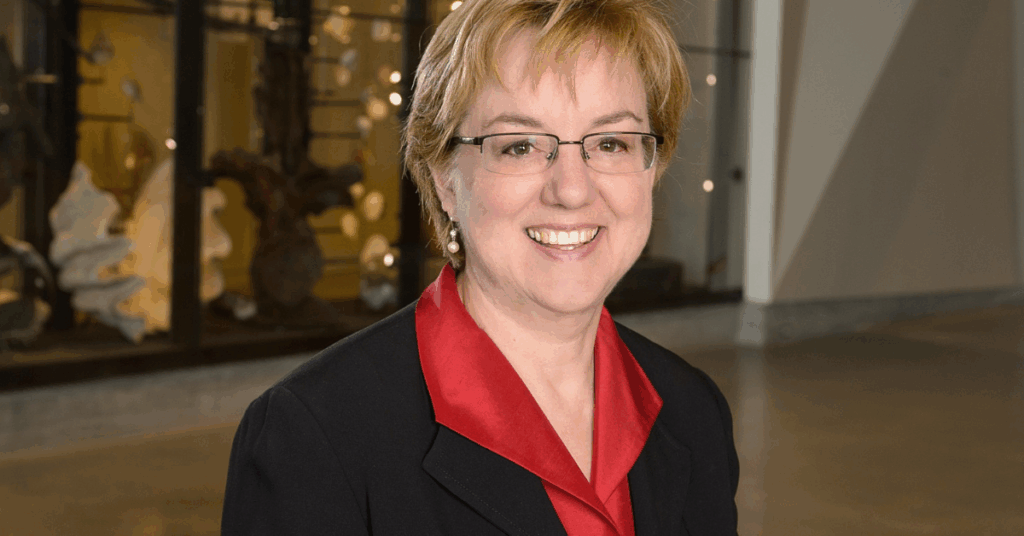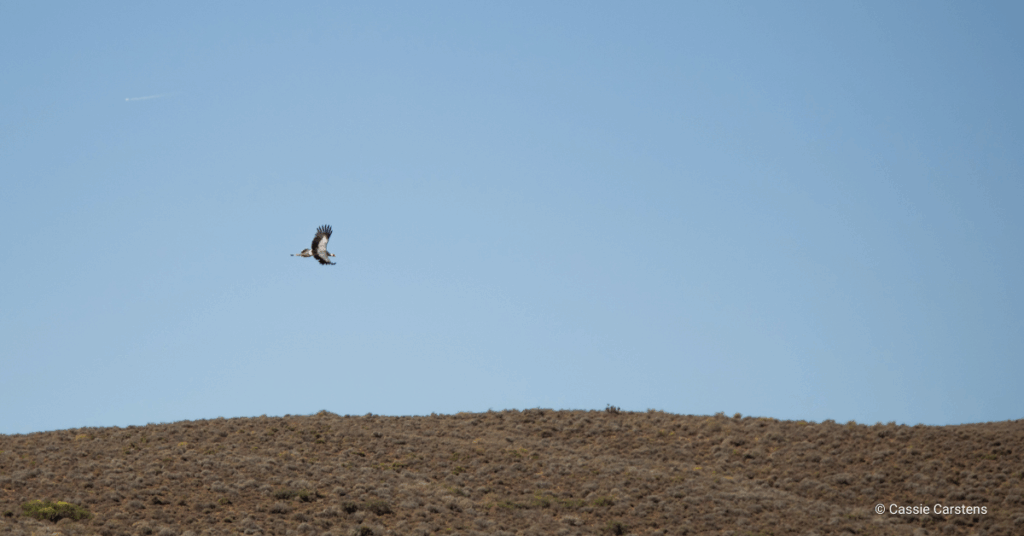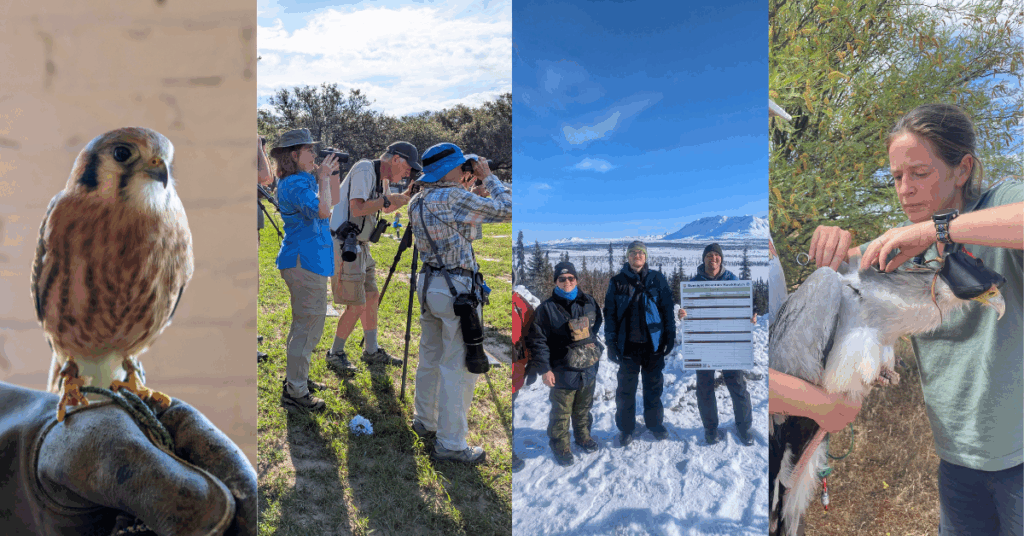After nearly a year of work, we wanted to take a moment to survey the successes so far of the 2023 awardees of the Global Raptor Research & Conservation Grant. Each awardee has now completed a substantial amount of fieldwork as they work to close gaps in knowledge about things like population levels, breeding, and threats to these threatened species’ existence.
Arjun P. Kannan, Pied Harrier, India
Arjun and his team spent a week in Manas National Park in November, ultimately locating roosting sites for Pied Harriers in two out of five survey sites. In total, they spotted five Pied Harriers during their surveys, as well as several Hen Harriers and the critically endangered Bengal Florican. Arjun and his team plan to return to Manas National Park later this spring to document breeding activity of this understudied species. They also plan to visit Orang and Laokhowa wildlife sanctuaries during the breeding season.
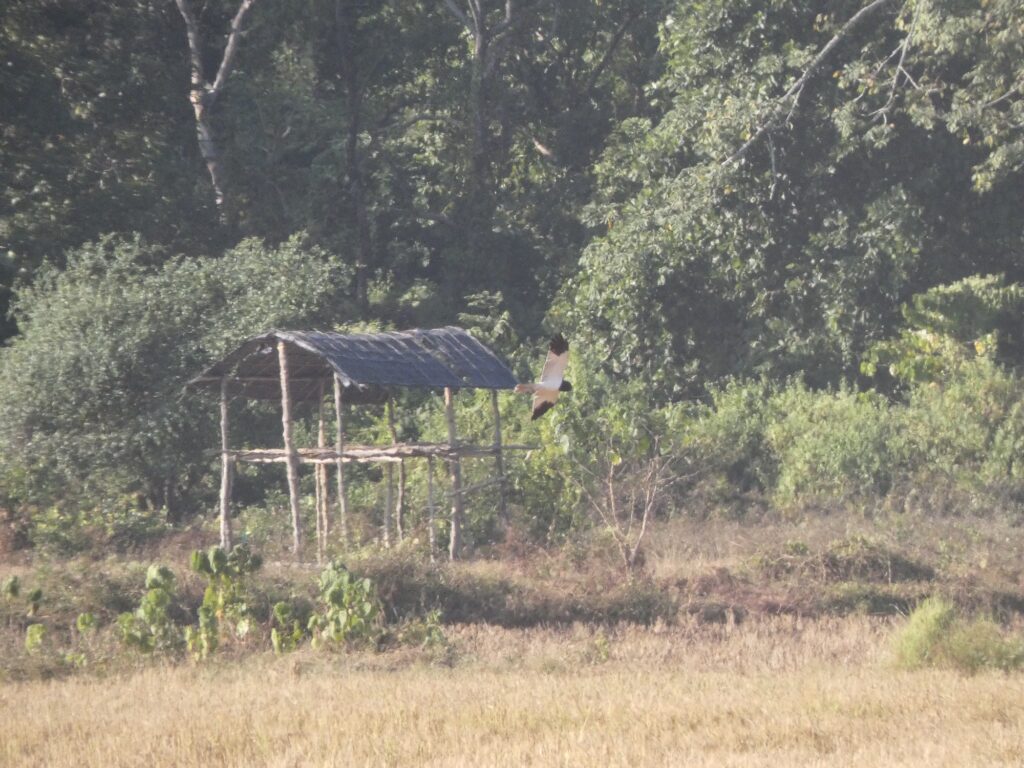
Lungten, Palla’s Fish Eagle, Bhutan
Lungten continues to make great progress in conducting groundbreaking research into the Palla’s Fish Eagle. Since his last report, he’s added a fourth site to his study area; his team spotted 12 Palla’s Fish Eagles in the area! Lungten also continued to document the threats to this endangered and rare species. So far, he has found that human intrusion and disturbance were the frequently recorded threats, followed by commercial and residential development. In the months to come, the team will survey one additional site in Eastern Bhutan before using the data collected to complete a habitat model for the species.
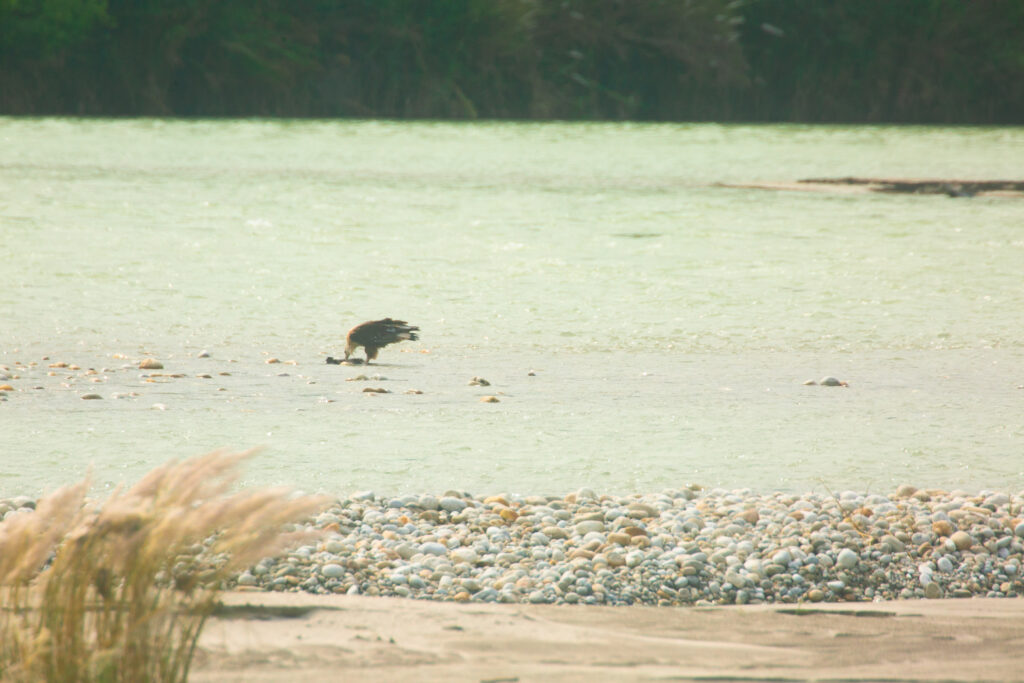
Brayan Gomez, Rufous-tailed Hawk, Chile
After surveying 31 areas in Chile, Brayan and his team have documented 11 raptor species, including his focus, the Rufous-tailed Hawk. However, the team has only seen adult pairs of the species in three locations. This, combined with the threats faced by the species due to illegal hunting, makes it all the more good news that Brayan and his team have also just completed their conservation center. The center features a hatchery, veterinary handling room, and more, and can be toured here.
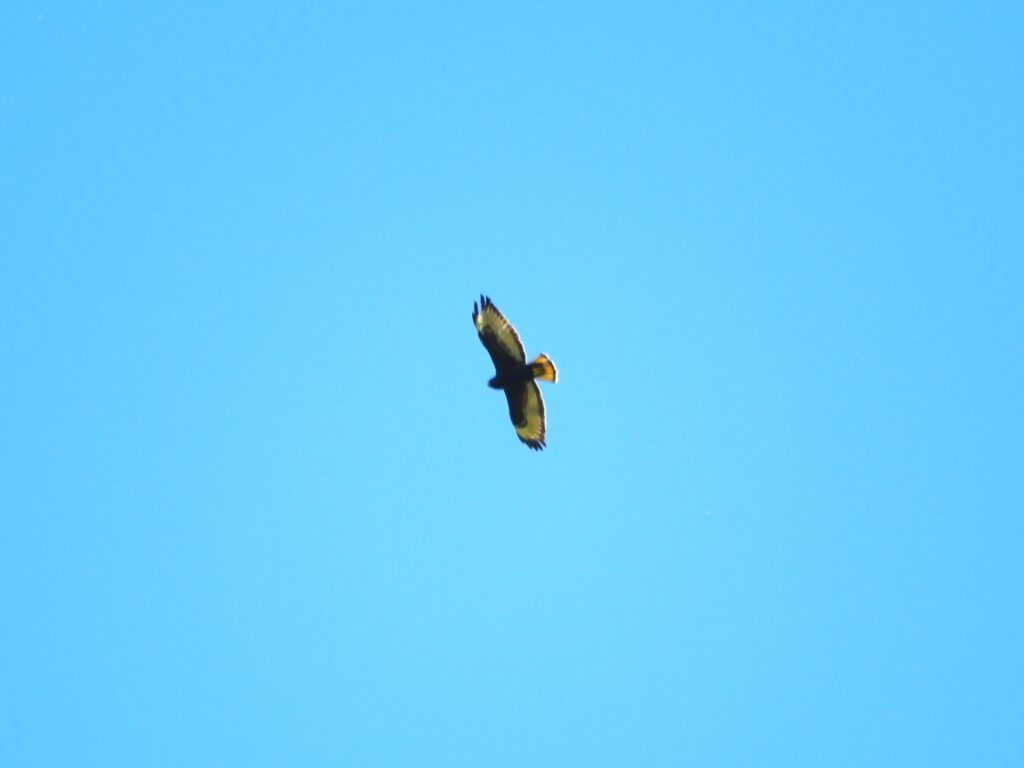
Abiola Sylvestre Chaffra, Hooded Vulture, Benin
Abiola has completed surveys at nine fetish markets in Benin. Fetish markets commonly sell animal parts for use in traditional medicine or voodoo practices. Abiola found endangered Hooded Vultures frequently sold at all markets, counting a total of 522 individuals. Through interviews with the seller, it was ascertained that Hooded Vultures are being taken from the wild from at least eight West African countries for sale in Benin, largely for mystical or medicinal uses and occasionally for food. Abiola is following up this research with important awareness-raising sessions to share information on the conservation importance of vultures and their protection.
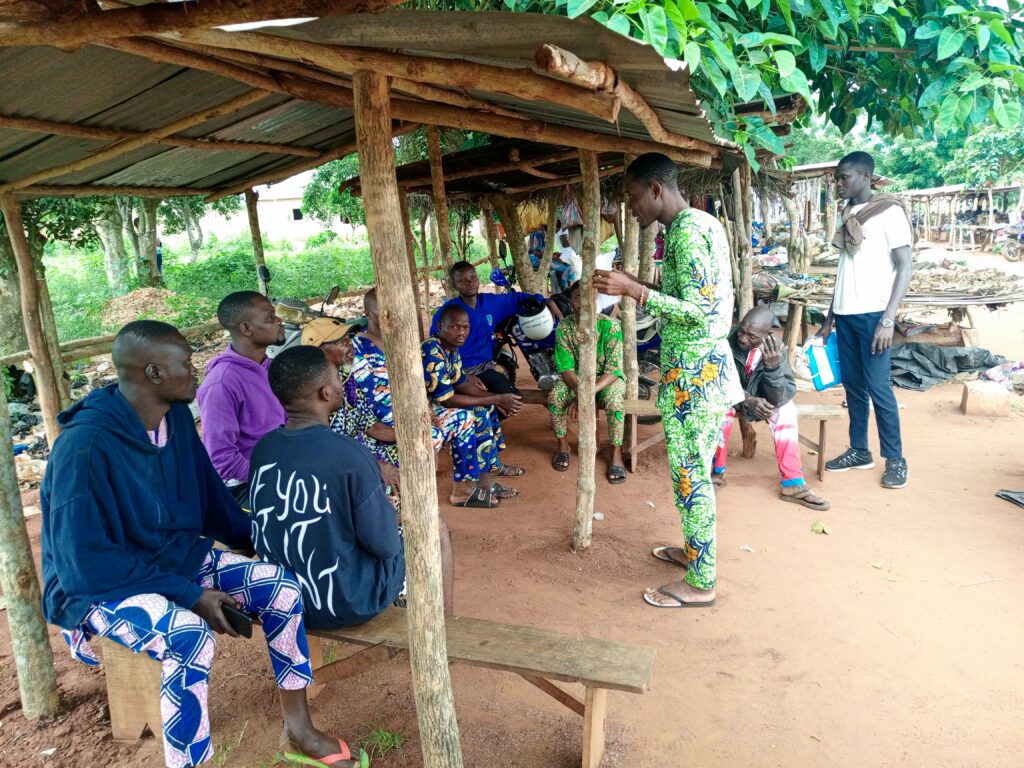
David Ricardo Rodriguez Villamil, Cloud-forest Pygmy Owl, Colombia
Since David’s last update, he has focused on conducting bioacoustic analyses of the recordings collected in his quest to document the Cloud-forest Pygmy Owl. David has also built nest boxes that will soon be installed as part of his research to understand the species’ reproductive biology. He’s also excited to resume fieldwork after an unexpected permitting delay led to a pause in his survey work. You can read more about what David accomplished with his original funding from 2022 in his final report.
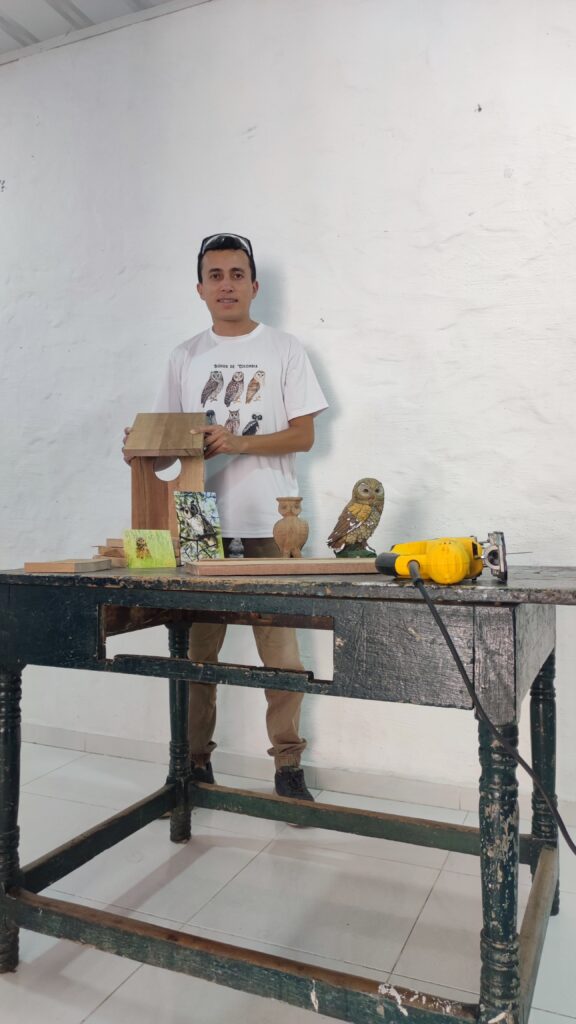
We can’t wait to see what these awardees accomplish in the next and final six months of their funding period. We also can’t wait to share the awardees of the 2024 Global Raptor Research & Conservation Grant! Click here to make sure you’re the first to know.
This blog was written by Kirsten Elliott, our Development & Communications Director, after synthesizing the reports provided by our grantees. You can learn more about Kirsten here and our 2023 grantees here.

